In the annals of global health crises, the year 2020 stands out as a turning point, a year etched in history by the relentless march of a novel coronavirus known as SARS-CoV-2, which caused the COVID-19 pandemic. This unprecedented event not only reshaped our daily lives but also profoundly impacted economies, education, social dynamics, and the very fabric of our collective existence. As we reflect on this tumultuous period, it becomes imperative to understand not just the scientific and medical aspects of the pandemic but also the human stories that emerged from its shadows, offering lessons for the future.
The Initial Shock and Uncertainty
The outbreak, first reported in Wuhan, China, in December 2019, initially met with a mix of disbelief and denial from many. News of a new virus spreading rapidly across borders was met with a collective gasp as the world realized the gravity of the situation. Governments scrambled to contain the spread, implementing travel bans, quarantines, and lockdowns. The World Health Organization (WHO) declared COVID-19 a pandemic on March 11, 2020, marking a turning point in global response efforts.
The Frontline Warriors: Healthcare Workers
At the heart of this battle against the pandemic were healthcare workers (HCWs), who bravely stood on the frontlines, exposed to unparalleled risks. They became the face of fearlessness, performing their duties amidst shortages of personal protective equipment (PPE), ventilators, and even basic supplies. Stories of HCWs working around the clock, some sacrificing their own lives in the process, became symbols of resilience and dedication. Their sacrifices underscored the importance of public health systems and highlighted the need for adequate resources and support for frontline workers worldwide.
Economic Disruption and the Impact on Livelihoods
The pandemic's economic fallout was swift and severe. Businesses closed their doors, supply chains ground to a halt, and unemployment rates skyrocketed. Small businesses, in particular, struggled to survive amidst lockdowns and reduced consumer spending. The informal sector, comprising millions of micro-enterprises and self-employed workers, was hit hardest, with many facing bankruptcy or unable to provide for their families. Governments introduced stimulus packages and relief measures to mitigate the impact, but the scars of economic recession lingered for years to come.
The Digital Divide and Work-from-Home Realities
The pandemic accelerated the digital transformation at an unprecedented pace. Remote work became the norm for millions, forcing a rapid adoption of technology that previously seemed futuristic. However, this shift also exposed deep inequalities, with those already disadvantaged in terms of access to technology and internet connectivity finding themselves further left behind. The digital divide widened as those with reliable access to technology continued to thrive while others struggled to keep up or even participate in online education or job opportunities.
Education in Uncertain Times
Schools closed their doors, disrupting generations of students' education. Online learning became a necessity but also revealed its limitations. The lack of access to technology, internet connectivity issues, and the challenge of maintaining focus in a home environment posed significant hurdles for many children. Educators adapted creatively, using various platforms and resources to maintain learning continuity, but the loss of in-person interaction and support was profoundly felt by both students and teachers alike. The pandemic underscored the importance of equitable access to education and highlighted the need for flexible learning models that can adapt to future crises.
The Psychological Toll
The pandemic took an emotional toll on individuals and communities alike. Isolation, fear of the unknown, loss of loved ones, and economic stress contributed to a rise in mental health issues. Anxiety, depression, and loneliness became commonplace as people grappled with the constant threat of infection and uncertainty about the future. Mental health services struggled to keep pace with the surge in demand, underscoring the need for a comprehensive approach that includes not just medical interventions but also community support and awareness campaigns.
Vaccine Rollout: A Glimmer of Hope
As 2020 turned into 2021, there was a glimmer of hope on the horizon – the development and rollout of COVID-19 vaccines. The scientific community worked tirelessly to create effective vaccines against all odds, a testament to human ingenuity and collaboration. Vaccine distribution was met with both triumphs and challenges; unequal access to vaccines between countries and within countries posed significant hurdles. However, as vaccination rates increased globally, it paved the way for a gradual return to normalcy in some parts of the world.
Reimagining Post-Pandemic Life
As we navigate through this new normal, there is a sense of urgency to reimagine our societies post-pandemic. This includes rethinking our approach to public health preparedness, investing in resilient healthcare systems, promoting digital inclusion and equity, and reevaluating our priorities in education and work-life balance. There is also a call for greater global cooperation in times of crisis and a commitment to addressing underlying social and economic inequalities that exacerbate vulnerabilities during such times.
Lessons Learned: Adaptability and Resilience
转载请注明来自爬爬百科,本文标题:《疫情中的航行,COVID-19大流行中的旅程》

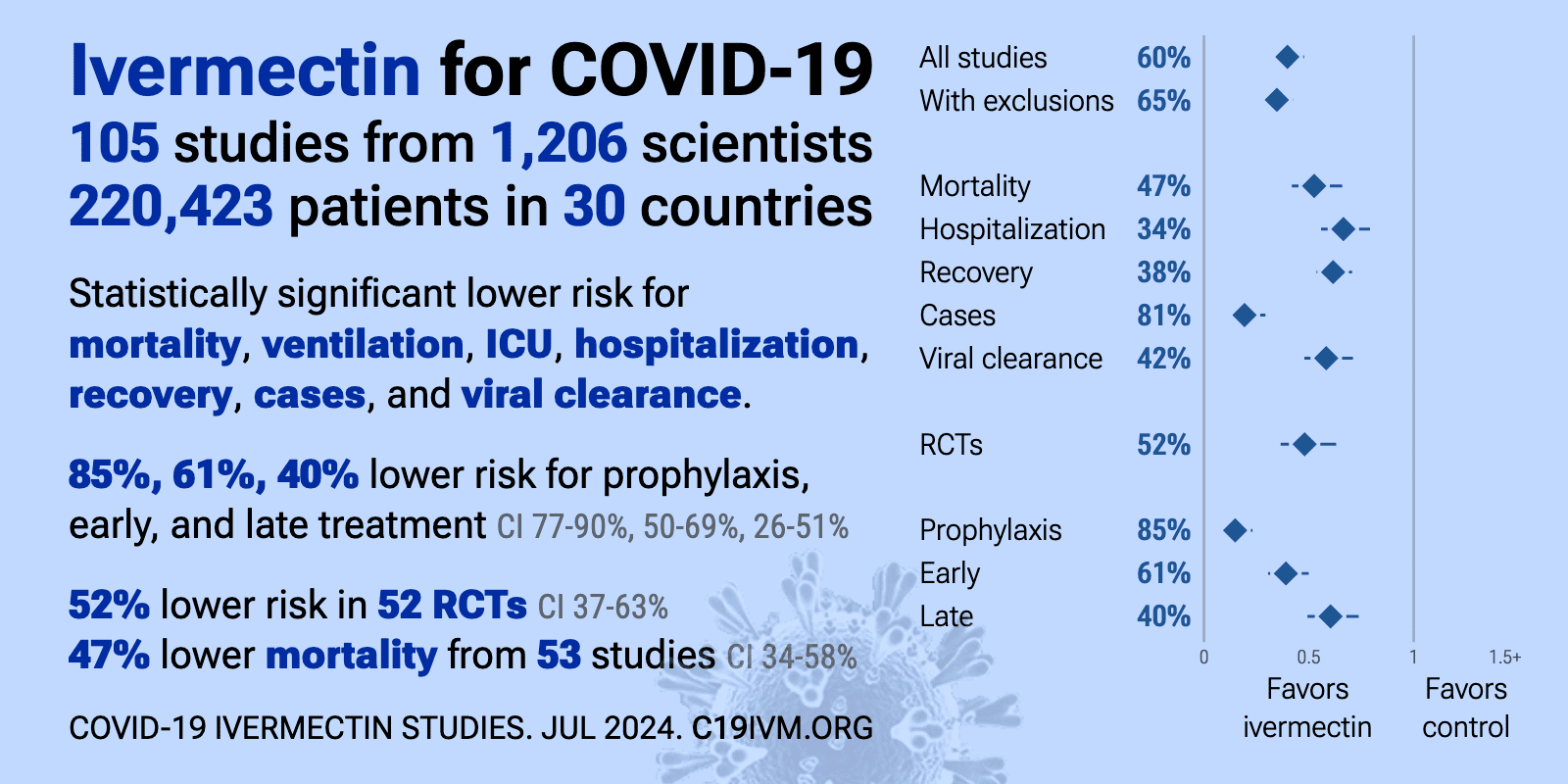
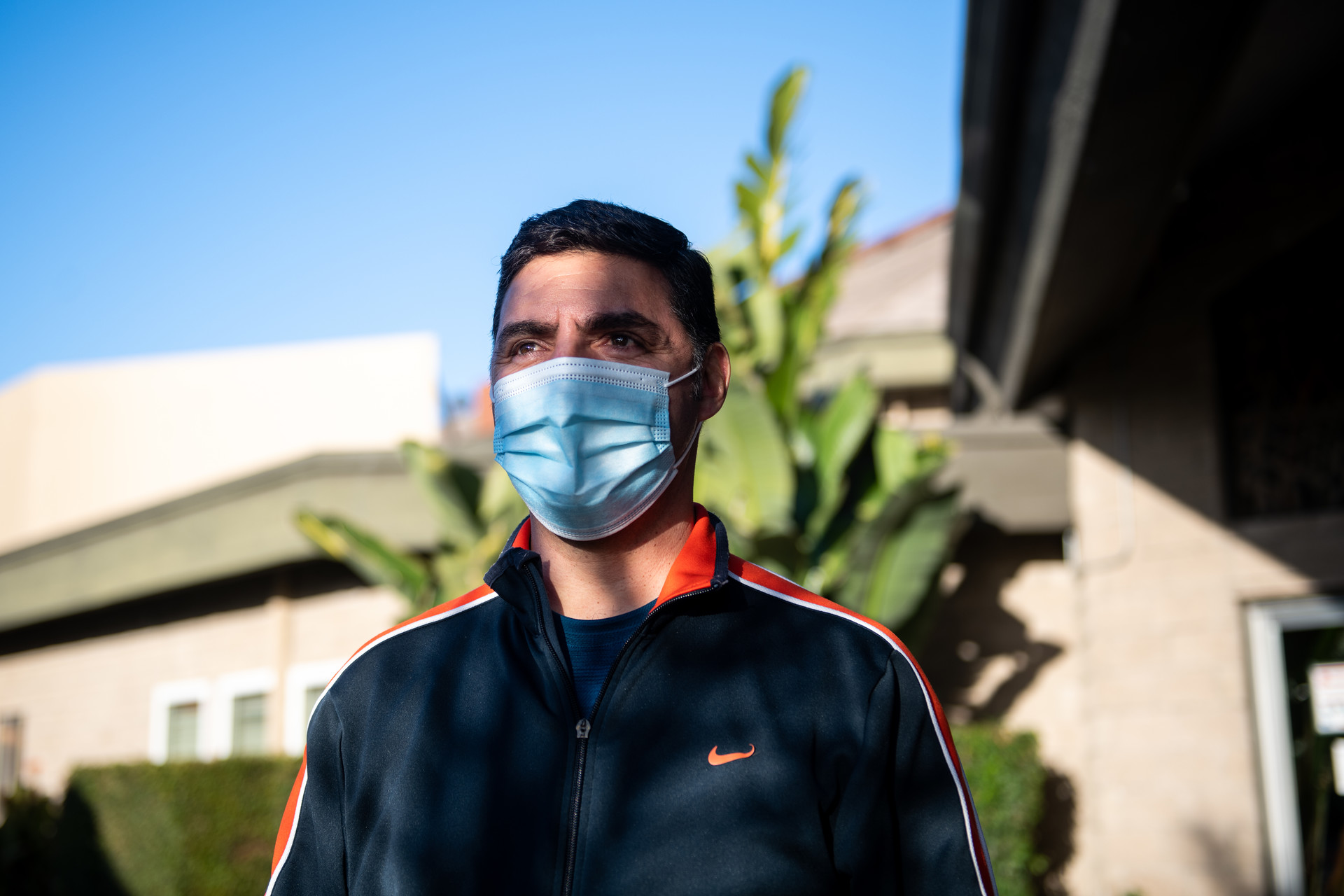
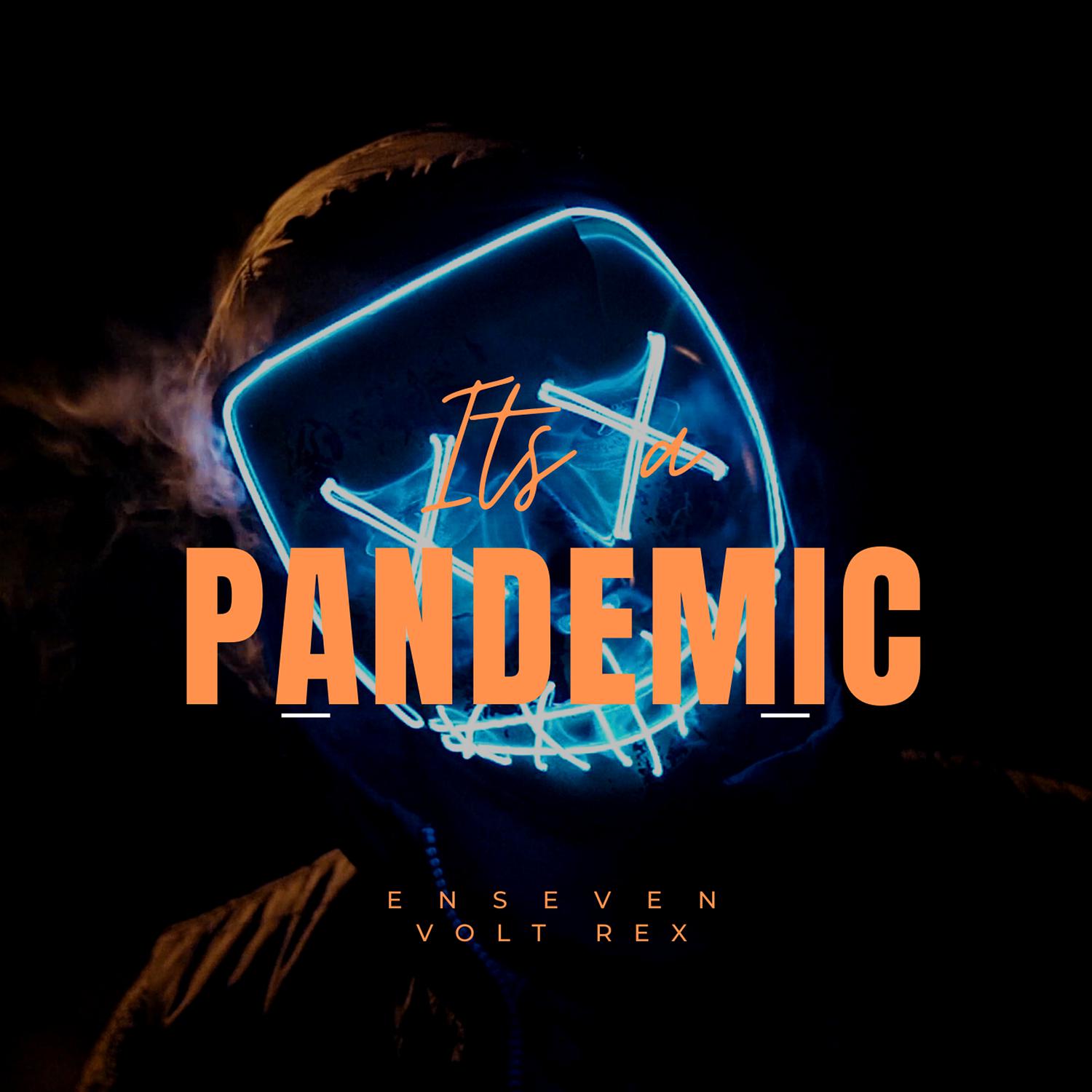




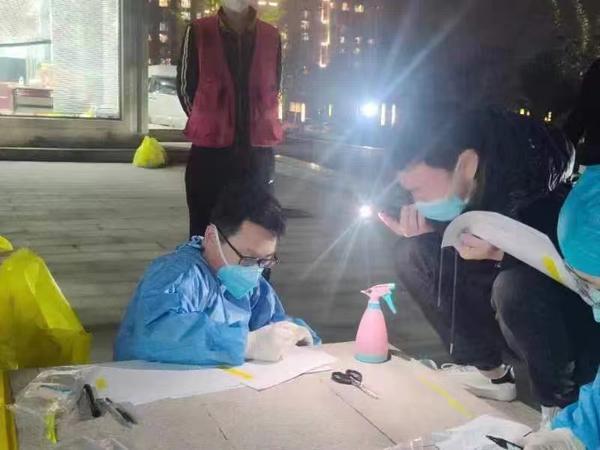
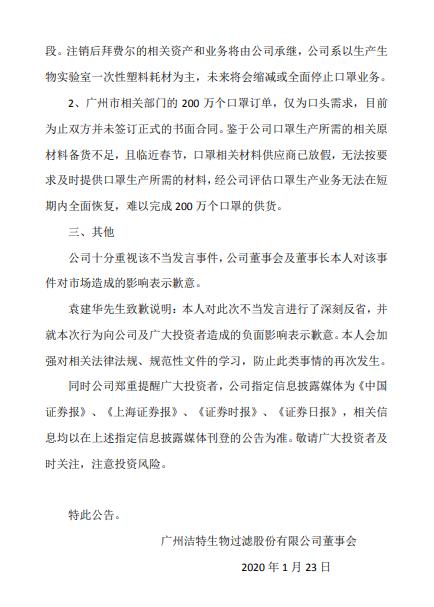

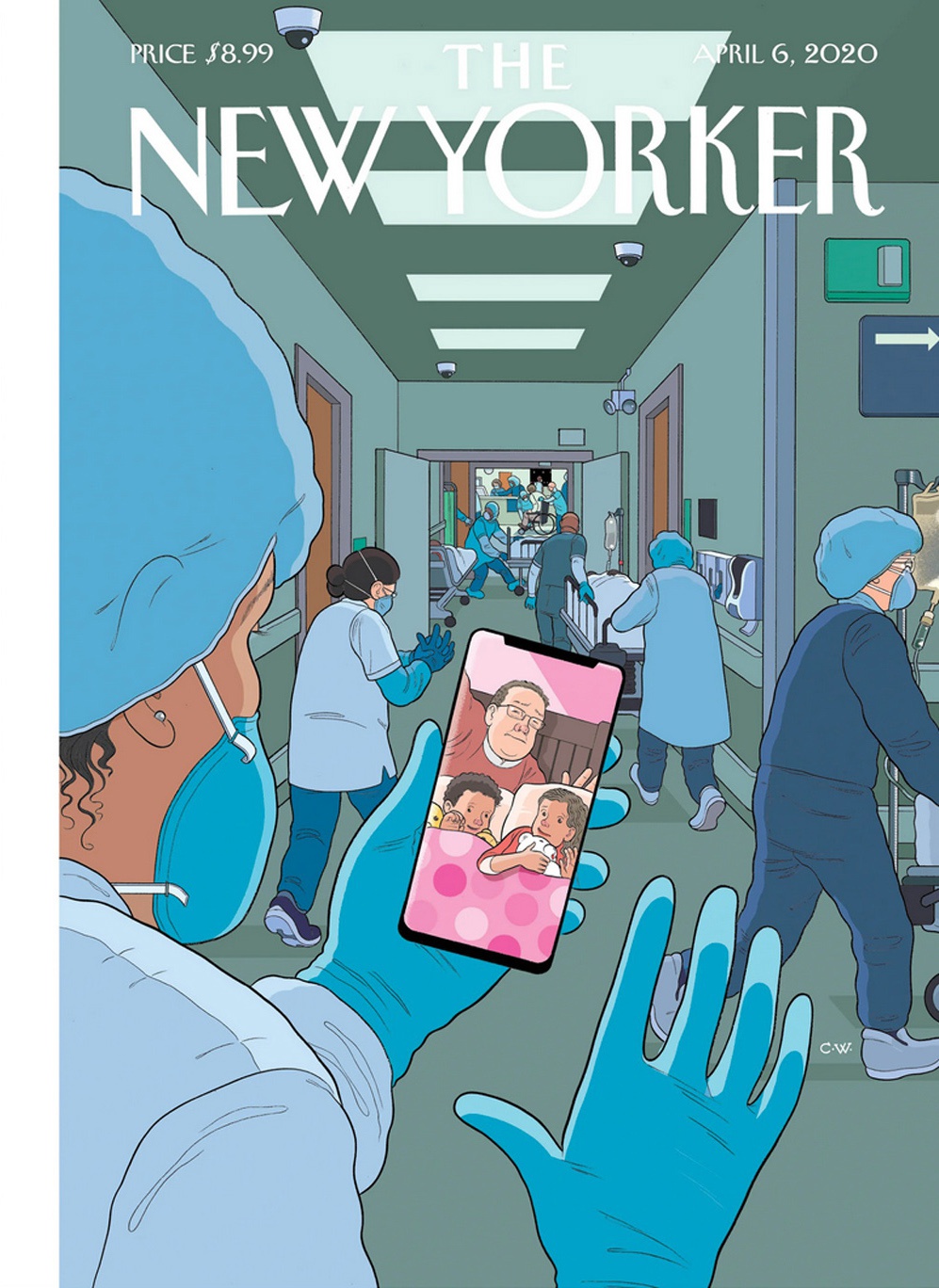
 京ICP备11000001号
京ICP备11000001号
发表评论